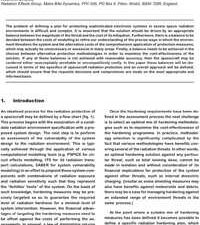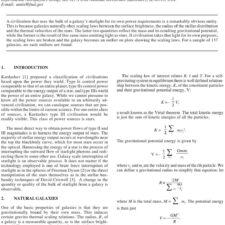Experimental Studies of NAK in a Simulated Space Environment
£5.00
M. A. Gibson; J. Sanzi; D. Ljubanovic (2011), JBIS, 64, 70-75
Refcode: 2011.64.70
Abstract:
Space fission power systems are being developed at the National Aeronautics and Space Administration (NASA) and Department of Energy (DOE) with a short term goal of building a full scale, non-nuclear, Technology Demonstration Unit (TDU) test at NASA’s Glenn Research Center. Due to the geometric constraints, mass restrictions, and fairly high tempera- tures associated with space reactors, liquid metals are typically used as the primary coolant. A eutectic mixture of sodium (22 percent) and potassium (78 percent), or NaK, has been chosen as the coolant for the TDU with a total system capacity of approximately 55L. NaK, like all alkali metals, is very reactive, and warrants certain safety considerations. To adequately examine the risk associated with the personnel, facility, and test hardware during a potential NaK leak in the large scale TDU test, a small scale experiment was performed in which NaK was released in a thermal vacuum chamber under controlled conditions. The study focused on detecting NaK leaks in the vacuum environment as well as the molecular flow of the NaK vapor. This paper reflects the work completed during the NaK experiment and provides results and discussion relative to the findings.





